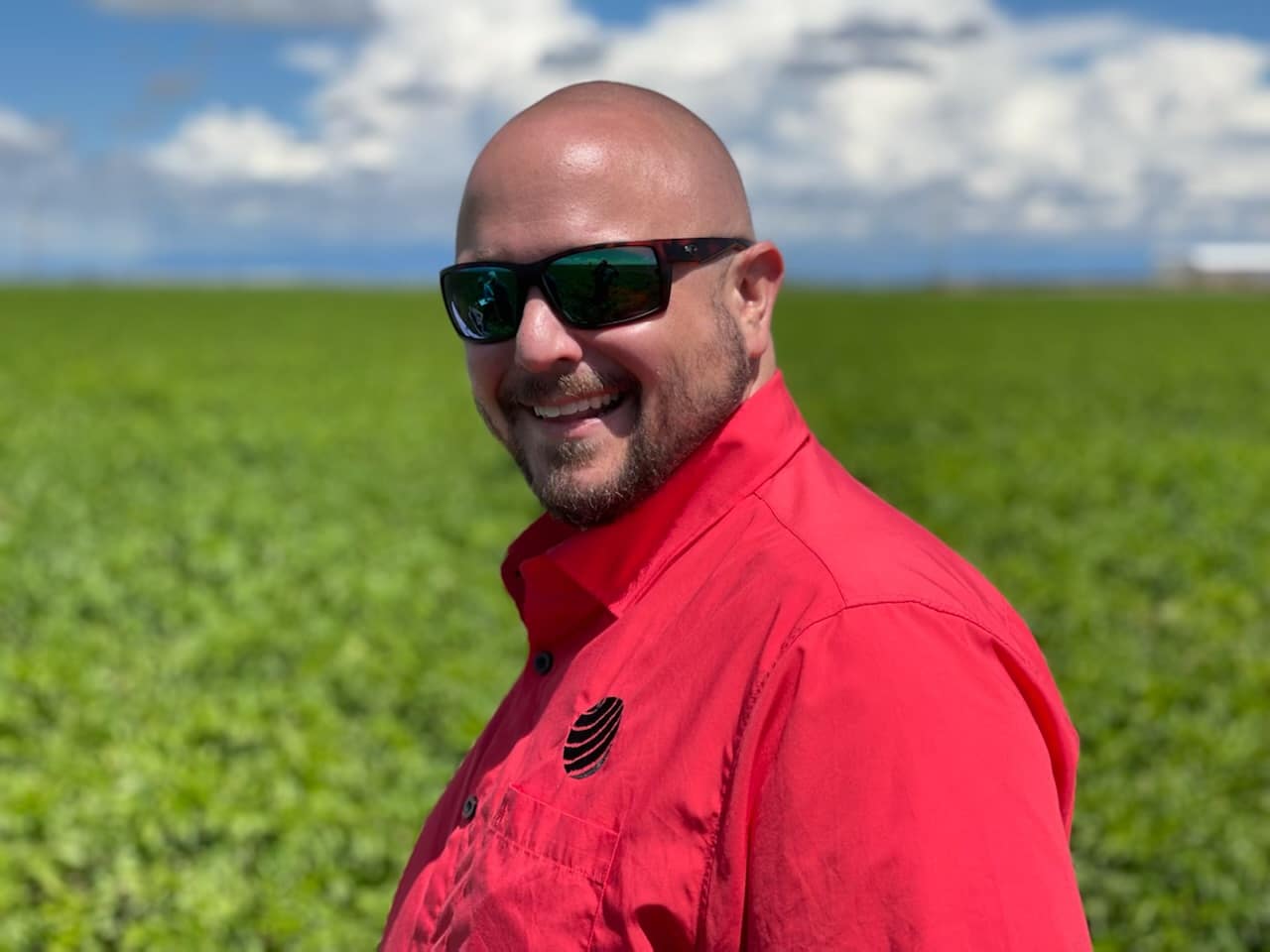We need to start telling people exactly what variety of potato they’re buying.
Have you noticed that we don’t offer the same service to the people who cook with and eat our potatoes that we do to the farmers who grow them?
We breed potatoes to be just right for growing in certain climates. We ensure they are resistant to disease or pests. We spend years perfecting the texture and flavours needed to create an incredible mashed potato, wedge or fry. We promote it to our growers, and they select the best options for their farm from a menu of hundreds of varieties. We work hard to optimize their success.
And then what happens?
We put them in a bag, slap a label on it with nothing more than the colour of the potatoes’ skin, and send it to the market.
We can’t do that with our growers, so why do we do it to the foodservice industry that drives the demand for our products?
When I was on a foodservice tour recently, I heard from a chef, ‘When I make mashed potatoes from scratch, sometimes they’re lumpy. Sometimes they’re runny, sometimes they’re perfect. And I’m buying the same potatoes, I don’t understand this.’
Buyers are led to believe that one bag of red potatoes is the same as the next bag of red potatoes. But from one week to the next, the red potatoes offered in an identically labeled bag could look the same on the outside but be vastly different in texture and taste.
Culinarians rely on consistent ingredients to create consistent dishes. We know in the potato industry that one variety might be dry and another buttery. We know which is best suited for baking and which should be used for deep frying. So why aren’t we sharing that expertise with our customers?
When potatoes don’t perform consistently for a chef, there are one of two responses. One is ‘Darn it, crew, why did you mess up the prep? What did you do wrong with the cooking?’ The second is they take it off the menu and put rice or pasta on the plate, and that’s where it is dangerous for us as an industry.
Let’s support culinarians. Let’s ask them what they need from a red potato, help them find the variety that offers that, and get specific labels on the bags so they know what they’re buying.








